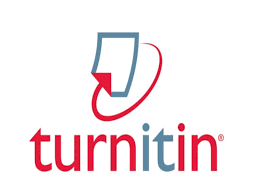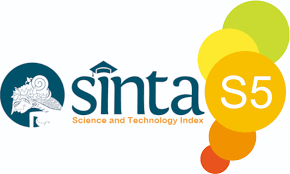ANALISIS POTENSI PENGEMBANGAN DAN KUAT TEKAN BEBAS TANAH EKSPANSIF DENGAN VARIASI DIAMETER TABUNG SAMPEL SAAT PERENDAMAN
DOI:
https://doi.org/10.33541/cen.v2i1.2899Keywords:
expansive soil, swelling potential, diameter of tube, unconfined compression test.Abstract
Expansive soil is soil that generally contains montmorillonite clay minerals which have high potential for swelling and shrinkage due to changes in water content. Expansive soil is a type of soil that is problematic in a construction because it often results in damage to road pavements and other light buildings. The way to describe expansive soil properties is in the swelling potential, which is generally tested by soil swelling tests through the immersion process. This study aims to analyze the effect of the immersion process to the soil using sample tubes in the form of pralon pipes with 4 diameter variations, that is 2 inch, 2.5 inch, 3 inch, and 4 inch. All swelling samples then are tested using the UCT to obtain shear strength value. From the results of soil property index testing, it is concluded that the soil is in the form of expansive soil with high swelling potential. From the immersion test with a variation of the sample tubes, it was found that there was a tendency to increase the potential for swelling and development time along with the increase in tube diameter, and the potential for expansion that occurred between 20-30% with high potential swelling. From the results of the unconfined compression test, the value of undrained compressive strength (cu) decreases with the addition of tube diameter. The soil sensitivity of the UCT results on all samples shows that the remolded process is not very sensitive to changes in soil strength
Downloads
Published
How to Cite
Issue
Section
License
Hak Cipta atas Tulisan Karya Ilmiah
Bersama dengan ini saya sebagai penulis utama menyatakan bahwa paper yang saya kirimkan untuk dipublikasikan melalu Jurnal Rekayasa Teknik Sipil dan Lingkungan adalah benar merupakan hasil orisinil Tulisan Karya Ilmiah yang merupakan hasil penelitian/kajian yang saya lakukan dan belum pernah dipublikasikan pada penerbit Jurnal ilmiah lain di Indonesia.
Jika di kemudian hari ternyata ditemukan bukti adanya hal-hal yang tidak sesuai dari pernyataan diatas maka saya bersedia menerima konsekuensi yang diberikan oleh Dewan Redaksi Jurnal Rekayasa Teknik Sipil dan Lingkungan serta paper yang telah diterbitkan akan DIBATALKAN dan dinyatakan sebagai hasil karya PLAGIASI.









